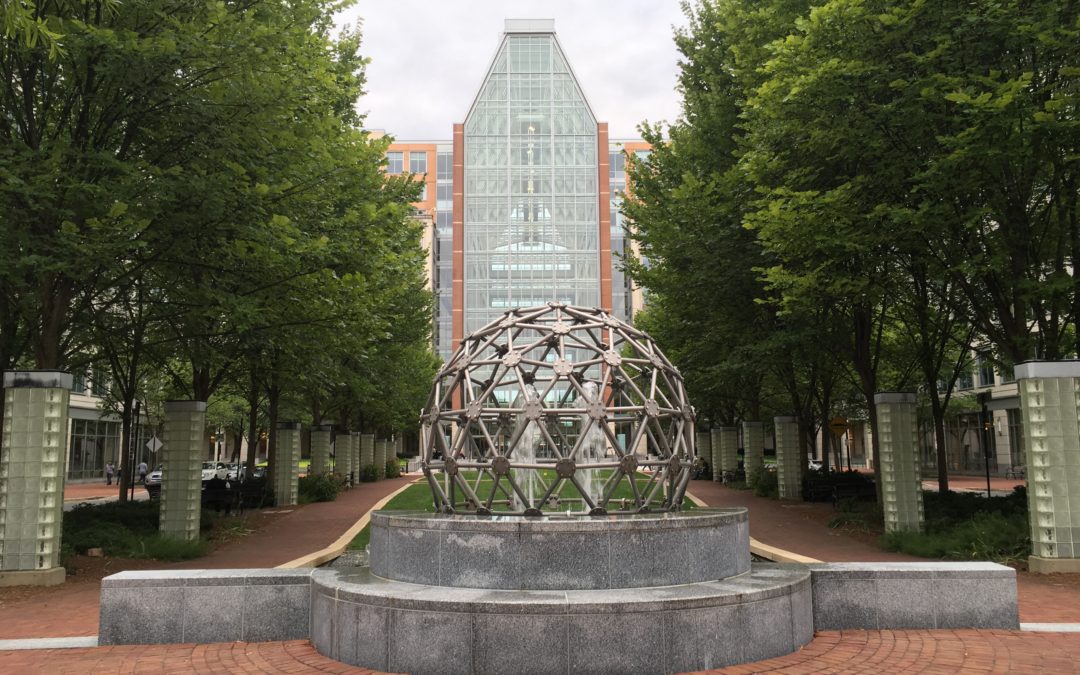By Dave Cochran
In a final written decision in Duodecad IT Services Luxembourg S.A.R.L, et al. v. WAG Acquisition, LLC (IPR2015-01036, paper 17), the PTAB took up the question of whether a patent’s file history qualifies as a “printed publication” under 35 U.S.C. 102(b) — and determined that it does. The petitioner, Duodecad IT Services, put forth an obviousness ground of unpatentability based upon U.S. Patent No. 5,822,524 (“Chen”) in view of the file history of the Chen patent. This might seem like an odd combination of references, but what happened during the prosecution of the Chen patent is that the prosecuting attorney overcame a prior art rejection by submitting a declaration under 37 CFR 1.131 to antedate (or “swear behind”) the prior art. In so doing, the attorney included a document entitled “Quick Video Server” that described a commercial embodiment of Chen’s invention. The declaration also included a claim chart that mapped the Quick Video Server document to the pending claims of Chen’s application.
The relevance of the Quick Video Server document is that it included material that was not disclosed in the Chen patent application and which was needed to argue that the claims-at-issue in the IPR proceeding were obvious. Thus, Duodecad needed to establish that the file history of the Chen prior art reference was a bona fide printed publication under 35 USC 102(b) in order to support it’s obviousness combination with the Chen patent itself. Duodecad argued that the Chen file history was publicly available upon grant of the Chen patent because the file history was “open to inspection by the public, and copies [thereof could] be obtained upon the payment of the [prescribed] fee,” per 37 CFR 1.11(a). According to Duodecad, this meant that the Chen file history was “otherwise made available” and thus qualifies as a publically accessible prior art publication.
Patent Owner, WAG Acquisition, attacked the obviousness ground of unpatentability, in part, by disputing whether Chen’s file history qualified as a bona fide printed publication. WAG argued that the Chen file history was not a printed publication because it was neither “disseminated” or “otherwise made available” to the extent that a person of ordinary skill in the art exercising reasonable diligence could locate it. According to WAG, reasonable diligence at the time of the invention would not have led to the Chen file history because there was no indication, whether in the abstract or somewhere else in the Chen patent, of the existence of the Quick Video Server document that was presented in the Chen file history.
After acknowledging that the Chen patent issued prior to the development of the USPTO’s electronic image file wrapper system, and that to this day the Chen file history is not accessible through that system, the PTAB concluded that because the Chen file history was “easily requisitioned” by making the appropriate request and paying a fee, it was a printed publication under 35 USC 102(b). Although the PTAB agreed with WAG that nothing in the Chen patent specifically pointed to its file history for the additional material, they found this test to be too limiting. Instead, the PTAB found that one of ordinary skill in the art, being aware of the Chen patent, would consult its file history and therefore the combination of Chen and its file history was a proper ground of unpatentability.
The PTAB went on to find that Duodecad had met its burden of establishing that the claims-at-issue in the IPR were unpatentable as obvious over Chen and its file history.
For petitioners this decision counsels towards examining a prior art patent’s file history to determine if it contains additional information that is not present in the patent itself, as the combination of the patent and its file history contents could serve as a persuasive ground of unpatentability.
David Cochran
Latest posts by David Cochran (see all)
- Legislation: Restoring the America Invents Act - October 4, 2021
- Court Awards Domino’s Extra Dough - July 15, 2021
- PRECEDENTIAL: Stipulation Roadmap for Fintiv Factor Four - December 30, 2020

